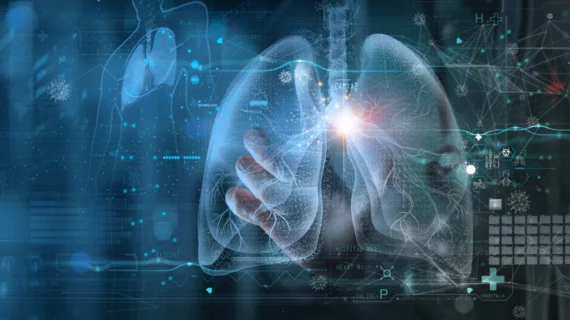Radiologists produce imitation PET scans via routine CT imaging
Radiologists have produced imitation PET scans from routine CT imaging, potentially opening access for other providers to the costly nuclear exams.
MD Anderson Cancer Center scientists leveraged deep learning techniques to generate these “synthetic” positron emission tomography images. They say their proof-of-concept study proves the feasibility of applying AI to obtain such high-fidelity functional imaging translated from anatomical exams.
“With further tuning and validation, this pipeline may potentially add value in cancer screening, staging, diagnosis and prognosis,” Morteza Salehjahromi, PhD, a research scientist with the Houston-based institution’s Department of Imaging Physics, and colleagues wrote in Cell Reports Medicine [1].
MD Anderson researchers developed the pipeline to produce FDG-PET from diagnostic CT scans based on a multicenter set of lung cancer images (n = 1,478). A group of radiologists validated the quality of images and tumor contrast between synthetic and actual PET. They found the imitation PET images demonstrated “superior” diagnostic capabilities compared to CT, MD Anderson noted in a March 20 announcement. Synthetic PET also required less radiation when compared to conventional positron emission tomography, “making them a potentially safer option for screening high-risk lung cancer patients,” experts noted.
“Also, it may reduce the frequency of repetitive PET scans, and the substantially lower cost from routine CT scans may relieve the increasing healthcare cost in western countries,” Salehjahromi et al. noted. “More importantly, the optimized model could be swiftly deployed in low-income countries to fill the gap and improve cancer staging and management.”
The authors stressed that their work is “not intended to supplant conventional PET imaging or alter current clinical practices.” However, it does serve as a “critical steppingstone” that warrants further investigation in a prospective study. Read more at the link below.

